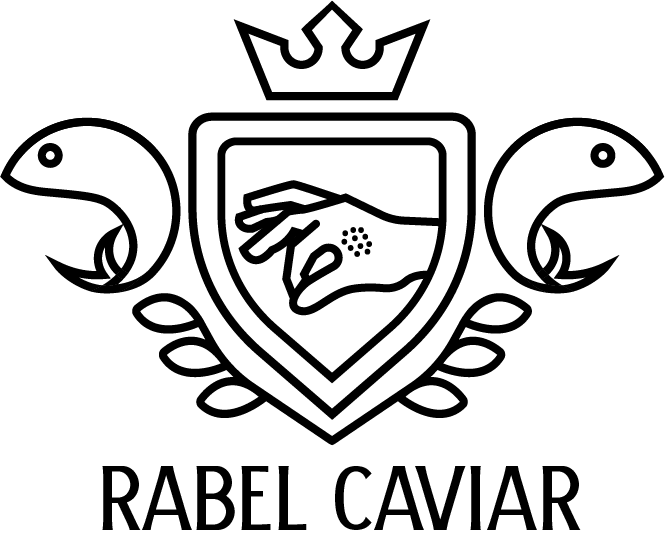The History of Caviar and Iran’s Prominent Role in the Global Market
History of Caviar
The tradition of producing caviar dates back to ancient civilizations. In Iran, the caviar industry has been significant throughout history, particularly during the Sassanian and Qajar periods. Sturgeon fish, used for caviar production, were historically found in the Caspian Sea and its associated rivers, including the Volga, Dnieper, Aras, and Gorgan rivers. Due to environmental concerns and conservation efforts for endangered species, commercial sturgeon fishing in these areas has largely ceased. Currently, the focus is on the cultivation of sturgeon fry in controlled environments and egg-laying programs aimed at preserving and reintroducing these species into their natural habitats.
Iran’s Position in the Global Caviar Market
Iran remains a leading producer of caviar globally. Iranian caviar is highly regarded in international markets for its exceptional quality and variety, including Beluga, Ossetra, and Sevruga types. By employing advanced cultivation techniques and maintaining high standards of production under controlled conditions, Iran has managed to retain a significant share of the global caviar market.
Challenges and Opportunities in the Caviar Industry
The caviar industry in Iran faces various challenges, including international sanctions and global competition. However, these challenges also create opportunities for enhancing quality and expanding into new markets. Iranian caviar producers are leveraging cutting-edge technologies and sustainable practices to strengthen their market position and address these challenges effectively.
Conclusion
Iranian caviar, distinguished by its rich history, color diversity, and superior quality, holds a special place in the global market. Despite facing challenges, the Iranian caviar industry continues to thrive, offering producers a platform to demonstrate their expertise and contribute to the global caviar market.



